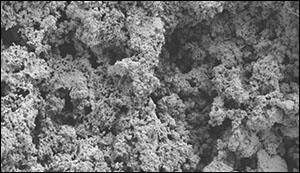Zinc Battery Breakthrough Could Mean Safer, Lighter Cars and Smartphones
28. 4. 2017 | IEEE Spectrum | spectrum.ieee.org
Not only could rechargeable zinc-based batteries possibly store as much energy as lithium-ion batteries, they could also be safer, cheaper, smaller and lighter, new research finds. The results suggest zinc batteries could find use in mild hybrids (microhybrids), electric vehicles, electric bicycles, and eventually, perhaps smartphones and power grid storage.
Zinc-based batteries do not pose the same fire risk linked with lithium-ion batteries, and can in principle match or surpass them in terms of specific energy (energy per unit mass), as well as energy density (energy per unit volume). Moreover, zinc is cheap and widely available.

However, zinc-based batteries are not considered rechargeable in practice due to their tendency to grow conductive whiskers—dendrites—inside the battery, which can grow long enough to cause short circuits. As such, zinc-based batteries typically die after several cycles of discharging and recharging. Researchers have now paired zinc anode with a nickel cathode. Their experiments revealed the battery could withstand more than 50,000 brief cycles of discharging and recharging, similar to how lead-acid batteries are used in a start-stop manner in microhybrid vehicles. In addition, such a battery could deliver the same amount of energy in a smaller mass and volume.
Read more at IEEE Spectrum
Image Credit: U.S. Naval Research Laboratory
-jk-



